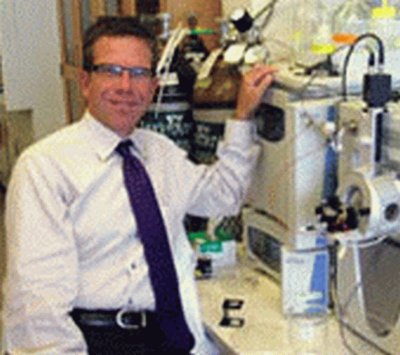November 6, 2008
UW receives nearly $17 million to study emerging respiratory viruses
The National Institute of Allergy and Infectious Diseases, one of the National Institutes of Health, has awarded a contract to the UW to use systems biology approaches to comprehensively analyze and model the virus-host interactions and cellular response networks that are induced or altered during the course of acute respiratory virus infection. This new research program will be led by Michael Katze, UW professor of microbiology and associate director of the Washington National Primate Research Center. Katze will head a multidisciplinary team of researchers from the UW, University of Wisconsin-Madison, University of North Carolina, Oregon Health & Science University, and Pacific Northwest National Laboratory in Richland, Wash. The team will receive about $17 million over five years for the development of computational models of the host response to H5N1 avian influenza virus (“bird flu”) and severe acute respiratory syndrome (SARS) associated coronavirus, two highly pathogenic respiratory viruses that represent significant threats to human health and the global economy. These models will be premised on the acquisition of large datasets through high-throughput genomic, proteomic, and metabolomic technologies, using samples from a variety of biological model systems. The goal is to generate predictive models that can be experimentally validated in an in vivo setting and which will reveal whether influenza and SARS viruses use common strategies to regulate cellular signaling circuitry and evade antiviral defenses. In addition, these large datasets, as well as the modeled interpretations, will be made freely available to the research community via the Internet, thus providing powerful resources for other scientists exploring viral diseases. Systems biology provides global views, or models, of the vast numbers of molecular components and interactions that make up complex functions inside living things. The UW research program is unusual in that, in addition to the traditional simple cell culture models, it will also use mouse and nonhuman primate infection models. These animal models will allow researchers to study disease-relevant complexities, Such information is likely to help translate findings into new clinical initiatives, including new targets for therapeutic intervention. Understanding the initial, innate, antiviral response also has potential in developing alternative vaccine strategies, where such early signals are exploited to induce more robust adaptive immune outcomes. “This program is distinctive in its comparison of different respiratory viruses and the incorporation of animal models,” said Katze. “There are few antiviral drugs available and none that work against diverse types of viruses. It would be extremely beneficial to have information that could lead to the rational design of a drug that could be used against a range of different viruses.”



